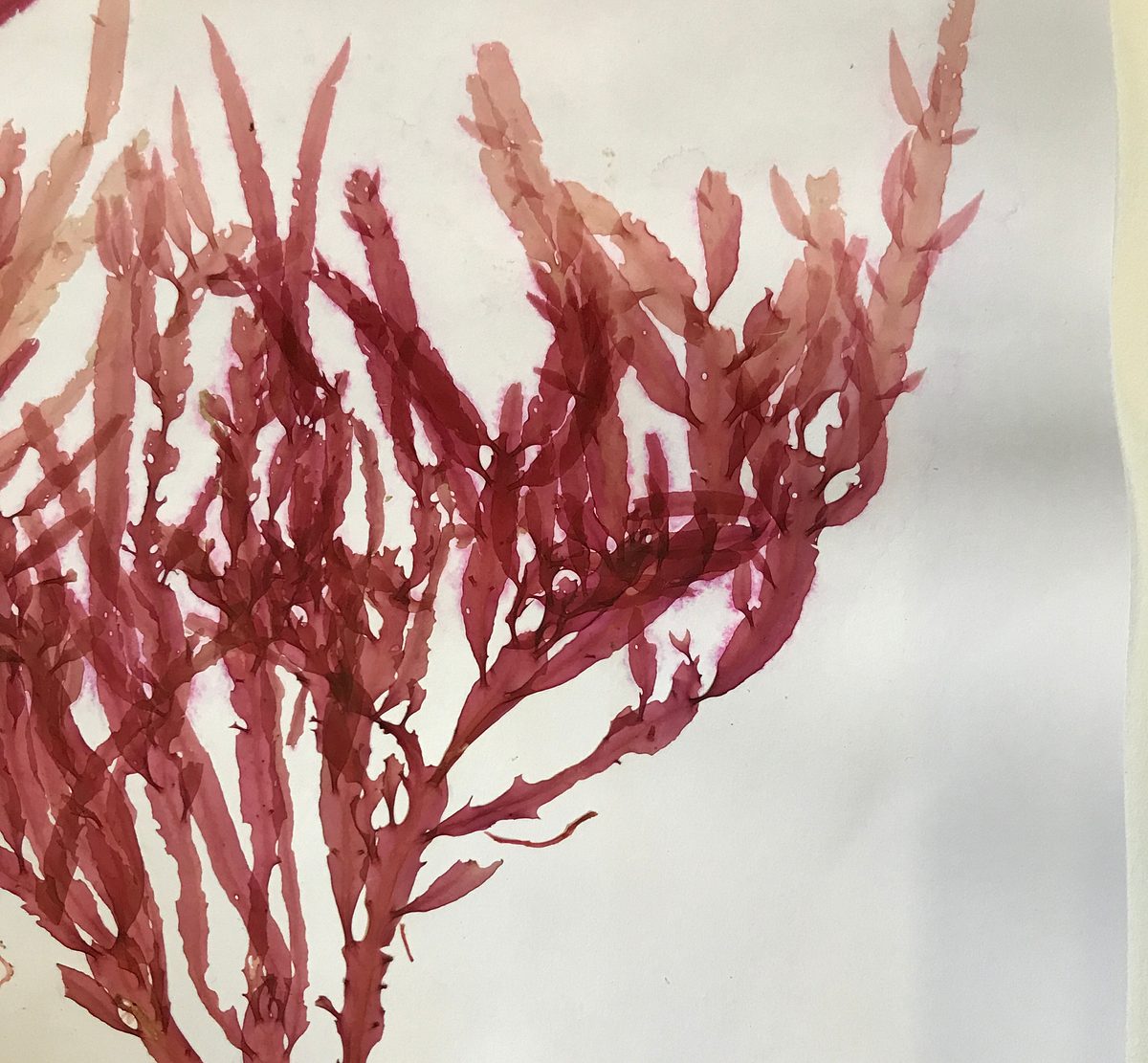Unveiling student photography at Adelaide Botanic Garden
11 July 2024
A group of extremely talented photography students from Brighton Secondary School recently visited Adelaide Botanic Garden tasked with capturing a series of photographs.

World Oceans Day is an annual celebration held on 8 June which unites and rallies the world to protect and restore our blue planet. In our latest blog, State Herbarium's Jem Barratt takes a deep dive into how its scientific work helps with the restoration and preservation of our ocean ecosystems.

It's World Oceans Day!
The State Herbarium of South Australia sits 15km inland from the nearest sea and houses over one million, mostly dried, specimens. So why are we so excited about World Oceans Day?
Despite the terrestrial location, the Herbarium is home to significant collections of marine flora (seagrasses) and macroalgae (seaweeds). Not only that, but we are also helmed by South Australia's Chief Botanist, and seagrass expert, Dr Michelle Waycott.
The State Herbarium of South Australia is known to contain plant specimens, including the seagrass families, but its world-renowned algal collection may not be common public knowledge.
Housed within the Herbarium are examples of all 10 South Australian species of seagrass and almost 1300 species of marine macroalgae.
This algal species diversity is partly because the seaweeds in the Southern Ocean and its Great Southern Reef have the highest levels of species richness and endemism in the world, and partly because of Professor H.B.S Womersley's lifetime work compiling the six-volume Marine Benthic Flora of Southern Australia with his team.
Of the more than one million specimens in the Herbarium, at least 1500 are seagrasses, and close to 100,000 are seaweeds. But don't mistake these relatively small specimen numbers for insignificance. Quite oppositely, seagrasses and seaweeds are vital to most oceanic functions.

World Oceans Day is designed to remind people of the importance of the world's oceans and to encourage them to care enough to engage in marine protection. According to the United Nations, the ocean covers 70% of the plant and supports every other organism - how incredible!
While many factors and organisms are at play, when it comes down to it, the functions of our oceans are very much a product of the plants and algae within:
These are but a few blips on the radar of seagrass and seaweed functionality and importance. Unfortunately, our marine ecosystems are in decline. Seagrass meadows are especially in dire straits... and dire gulfs, and dire bays.


This is where the State Herbarium comes in.
Our taxonomical knowledge creates foundational information on species and their distribution, abundance and history. This provides a baseline of data which allows changes to be noticed and tracked over time.
The State Herbarium, along with its professional partners, collects specimens from the field and returns them to the lab where each specimen is prepared, mounted, studied and identified.
From there, specimens are barcoded, and complete datasets are sent to the Australasian Virtual Herbarium for broader use by anyone with both an interest and internet access.
Not only does our collection comprise reference specimens, but also a wealth of data on species descriptions and locations. When collected and stored over time, (the earliest seaweed in our collection is from 1799!) our specimens and data can allow scientists to identify and document change, as well as plan for restoration.
This World Oceans Day, I hope you think of our secret sea of marine specimens housed in the old tram barn in the middle of Adelaide and remember our contribution to ocean conservation and public education.
11 July 2024
A group of extremely talented photography students from Brighton Secondary School recently visited Adelaide Botanic Garden tasked with capturing a series of photographs.
15 March 2024
The Board of the Botanic Gardens and State Herbarium is very pleased to announce that the Director of the Botanic Gardens and State Herbarium of South Australia, Mr Michael Harvey, has been elected as the new Chair of the Council of Heads of Australian Botanic Gardens.